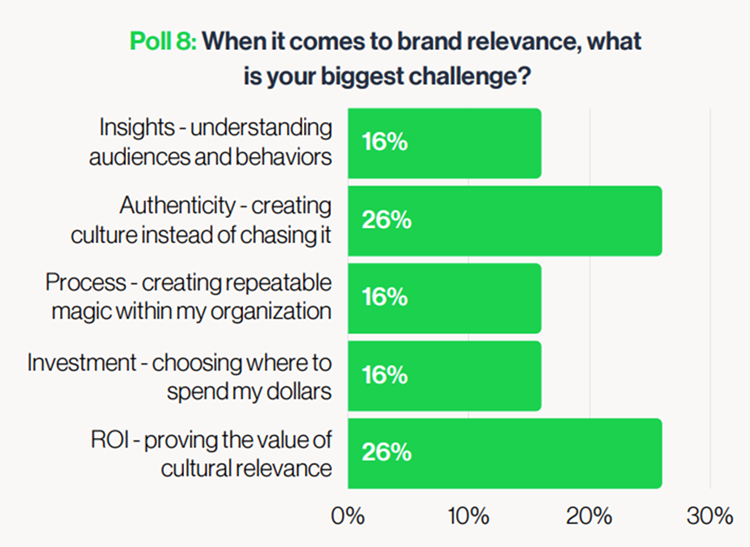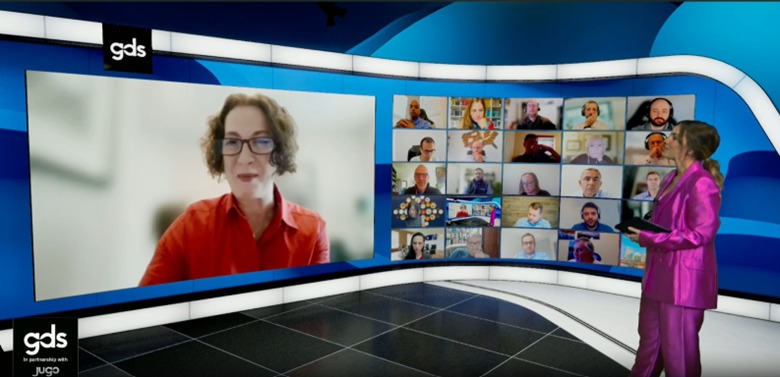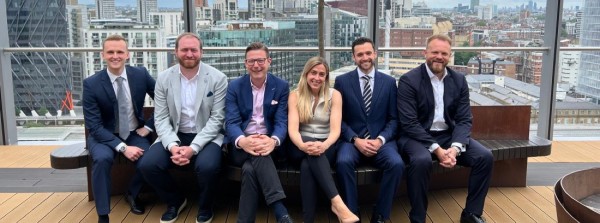Table of contents:
Year after year, we’ve seen senior marketing executives assign significant portions of their budgets to brand strategy. History has shown that brand investment during periods of economic downturn leads to quicker recovery and fewer negative impacts. In 2023, brand engagement saw allocation for the first time alongside brand strategy, signaling a move from the planning stages of strategy formulation to implementation.
According to insights from our recent CMO Digital Summit (October 2023), brand strategy and engagement ranked among the primary areas of focus for senior marketing executives, with a brand investment of $13.6m.
We’ve seen from previous triumphs that investment in brand during periods of economic uncertainty leads to fewer negative impacts and even quicker recovery. But with many businesses having the tendency to cut marketing costs at these times, how can marketers utilize brand to pull them through uncertain times and toward future success?
Senior marketing executives at the GDS CMO Digital Summit stated the biggest threat or challenge to their brand as we navigate the era of constant and accelerated change was fragmentation. It seems that the place to start is to take a look internally at aligning your departments to work towards a common and shared goal. One way to do this is by harmonizing business strategy, value proposition and brand strategy.
Harmonizing business strategy, value proposition and brand strategy
At our latest CMO Digital Summit, Emily Pachuta, the former Chief Marketing and Analytics Officer, Americas, at INVESCO, highlighted the requirement for businesses to find synergy between their value proposition, business strategy and brand strategy in order to achieve brand success.
Whilst these three areas may look different in practice, they all share a common denominator: the customer.
By truly listening to the customer, you can build a trusted brand that speaks to your target audience and, with investment, soon becomes the only voice in the room.
Therefore, a client-centric approach is where organizations can find harmony, align goals, drive brand value and meet the needs of their target audience; creating a successful brand then simply becomes a by-product of these actions.
Sound easier said than done? True. We’re realists, not dreamers, so here are some common challenges experienced when adopting this approach followed by some key pointers for how you can take a step in the right direction.
Challenges to achieving harmony
- Organizational silos
With potentially different goals, incentives, and revenue expectations, taking a client-centric approach might not seem like the most pressing task to tackle for some internal departments.
Truly understanding your customer takes time – which might mean putting other ‘quick-win projects’ on the back burner until this is achieved.
When asked in our most recent summit, CMOs stated internal and departmental silos as one of the biggest hurdles to achieving harmony, alongside the lack of a strategic North Star.

- Fully understanding your customer
This comes from having a single 360 degree view of your customer that the entire organization has access to. It’s important that non-client-facing roles also understand the importance of customer experience and how they can still impact it.
This is much easier said than done and, once again, takes time and cultural change to implement. Everyone within the organization needs to feel invested in the client and understand the ‘why’ behind their actions. It’s crucial to remember brand investment isn’t just about investing money, it’s about investing time.
How can brands achieve harmonization?
- Data and analytics
The power of harnessing data remains key, starting with comprehensive customer data and then creating constant feedback loops, keeping it fresh and current.
Processes such as predictive analytics can then take this data and turn it into insights, making sure that it has impact.
Next, it is vital to democratize all customer data, ensuring that all employees have access, especially if they are making brand and strategy decisions.
“There has to be a true commitment to putting clients at the center of decision making…And it’s very easy to say you’re client-centric. It’s not very easy to behave in a way that is client-centric… I think you also need to have operating models in place because that gets rid of the silos. You really need to become a much more data-centric company.”
Former Chief Marketing + Analytics Officer, Americas, Invesco
- Leadership engagement
As today’s leaders, you have the power to incorporate a truly client-centric approach in your business. In order to achieve this, you first need humility.
“…You need to have humility in your C-suite because clients are going to tell you if they’re happy or unhappy with you. How do you respond to that? Do you get defensive or do you really start to say… here are the steps that we’re going to take to actually delight our customers.”
Former Chief Marketing + Analytics Officer, Americas, Invesco
Pachuta emphasizes the importance of customer feedback and using it to propel you forward rather than viewing it as a criticism.
This can then feed into a mindset of continuous improvement and learning. Pachuta identified that it took INVESCO 2 years to become truly client-centric and it certainly wasn’t something they got right from the get-go. Changing this mindset and viewing avenues for improvement are all steps in the right direction.
This is where a long-term mindset outshines short-termism. Downturns are always temporary and it’s the investment in time and resources that will enable companies to position themselves better once the economy springs back.
- KPIs to keep momentum
Finally, whilst it’s important to maintain a focus on your strategic ‘north star’, smaller milestones along the way will help you and your teams to celebrate progress. These interim KPIs will also tell you whether you are on track or need some adjustments to your approach.
Creating brand relevance
Once you have the internal functions aligned, it’s time to start working on your brand relevance. To achieve this effectively, we’ve looked into the biggest challenges identified by senior executives. These are:
- Authenticity, creating culture instead of chasing it and
- ROI, proving the value of cultural relevance.

At the GDS CMO Digital Summit (October 2023), Maggie Walsh, Head of Strategy at Glow expanded on how you can overcome these challenges.
Authenticity – creating culture instead of chasing it
This challenge is derived from too many brands jumping into action and getting into a cycle of buying or borrowing relevance before thinking about investing in what is already relevant about your brand and product to bring to people. Walsh expresses that you don’t need to be your customer to serve them.
It’s crucial to start with a strong sense of self. Ask yourself, what can your brand offer the world? Decide what aspect of your brand belief system you should take to customers and then be consistent with delivering it. This consistency isn’t just over the short-term, it’s over years – this is where Walsh has seen the greatest success.
ROI – proving the value of cultural relevance
Showcasing a return on investment from brand takes time. The key is to be patient, you’ll unlikely see results tomorrow, but be assured, the results will come. To keep a check on ROI, integrate your brand metrics with your usual reporting metrics.
Key takeaways:
- Know what you have to offer, ask who are you as a brand?
- Know who you serve
- Take action – starting small and testing can be the best way to start, such as using social media rather than jumping straight into big swing campaigns
Conclusion
Using brand is key to driving businesses through periods of economic downturn and whilst brand can seem elusive, there are some fundamentals to set up to ensure success.
Firstly, it’s all about business alignment. Everyone, from your operational staff to your client-facing roles, should know what your brand is and who you serve. This can come from harmonizing your business strategy, value proposition and brand strategy, weaving these beliefs throughout the company. To achieve this, harnessing the power of data and analytics is key. This will provide you with a 360-degree view of your customer to then make informed decisions.
Next, you need leadership engagement not only to drive initiatives but also to improve efforts as they go. Humility within the leadership team is vital to success, obtaining the ability to take feedback, good or bad, and build from it.
Finally, use KPIs to keep the momentum going and ensure that you are on track to achieve your goals.
When it comes to brand relevance, it’s all about creating your own brand culture rather than chasing it. Truly define who you are and where you stand out. Then, drive this message consistently in the market to see results.
Uncover what else is at the forefront of senior executives’ minds in the CMO Digital Summit Beyond Report.
Download report











